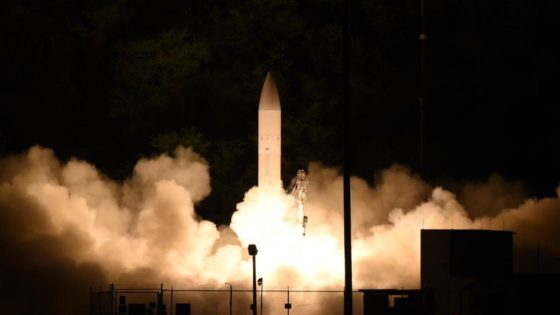The asteroid, which was discovered as part of the Asteroid Terrestrial-Impact Last Alert System, is about 10 meters across. The researchers calculated that its size, speed, and trajectory will allow it to be captured by Earth’s gravitational field for 53 days. During this time, it will orbit Earth before continuing its journey through the solar system.
“2024 PT5 will circle the Earth one time before it escapes back into space,” the researchers noted in their paper. This phenomenon is known as a “temporarily captured flyby,” where asteroids enter Earth’s gravitational pull but do not complete multiple orbits, unlike other mini-moons which have remained bound to Earth for longer periods.
Past mini-moons have shown similar behavior. For instance, in 2006, an asteroid stayed in Earth’s orbit for nearly a year before drifting away, and another remained in orbit for several years before leaving in 2020. These temporary events occur regularly as Earth captures small asteroids from the Near-Earth Object (NEO) population.
Asteroids that follow paths resembling 2024 PT5’s are known as “horseshoe orbiters” due to their trajectory around the Earth and the Sun. These bodies often approach our planet at low relative velocities, making it possible for them to be pulled into Earth’s orbit temporarily. However, most of these mini-moons do not complete a full revolution around the planet before escaping back into their heliocentric orbits.
The asteroid’s origins are also of interest. The researchers suggest that 2024 PT5 likely comes from the Arjuna asteroid group, which shares an orbit around the Sun similar to Earth’s. This conclusion stems from the asteroid’s path, which closely matches that of other naturally occurring objects, ruling out the possibility of it being a piece of space debris.
While the mini-moon will be a short-term visitor, its presence highlights Earth’s regular interactions with NEOs.
Source Agencies




